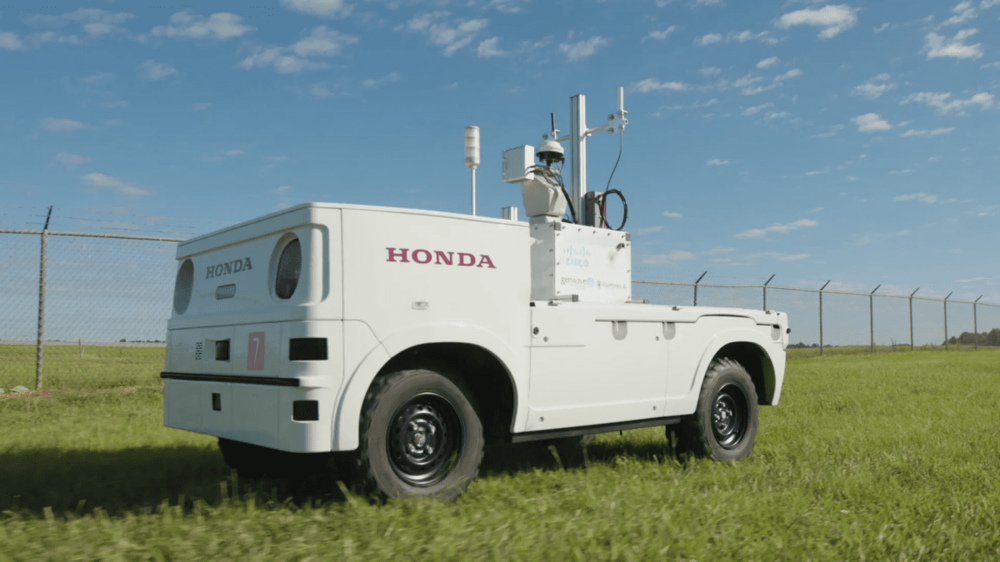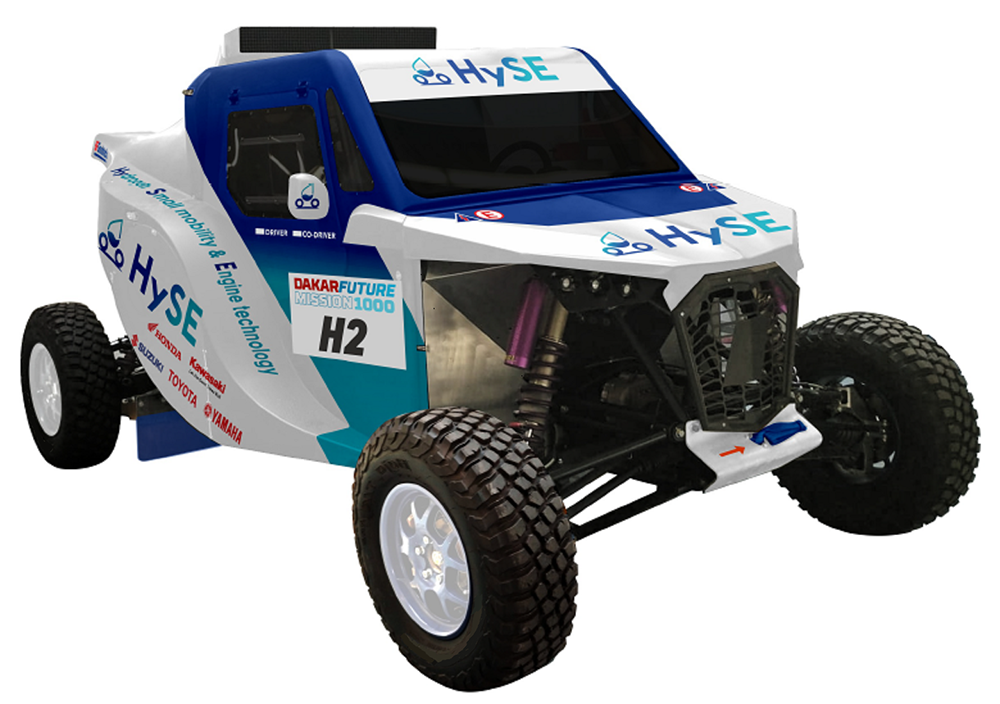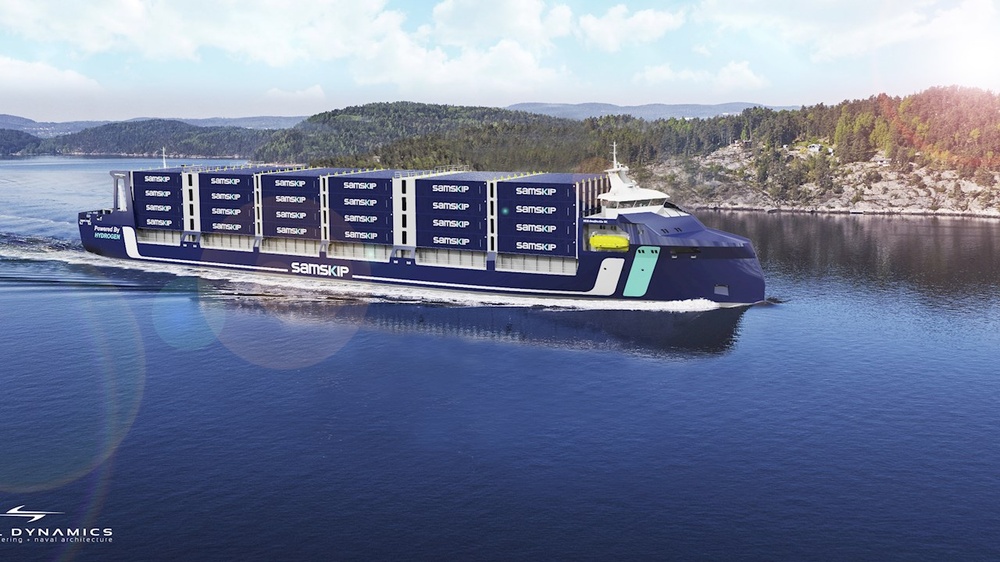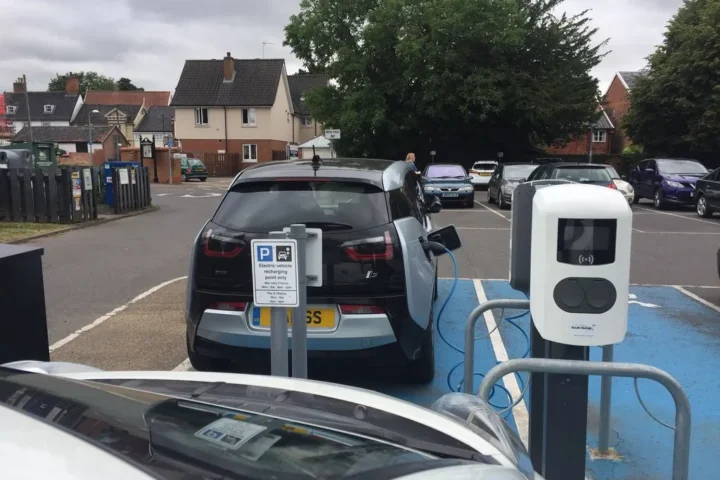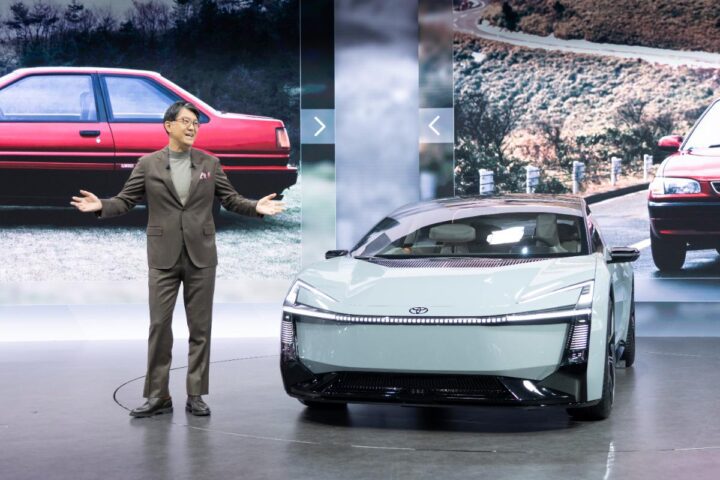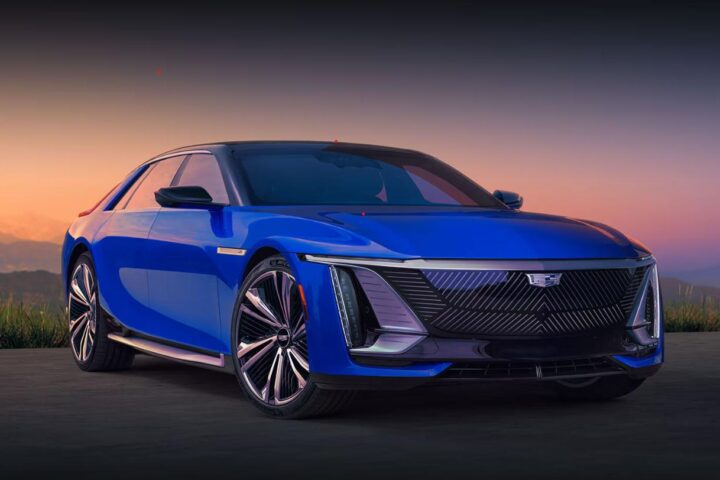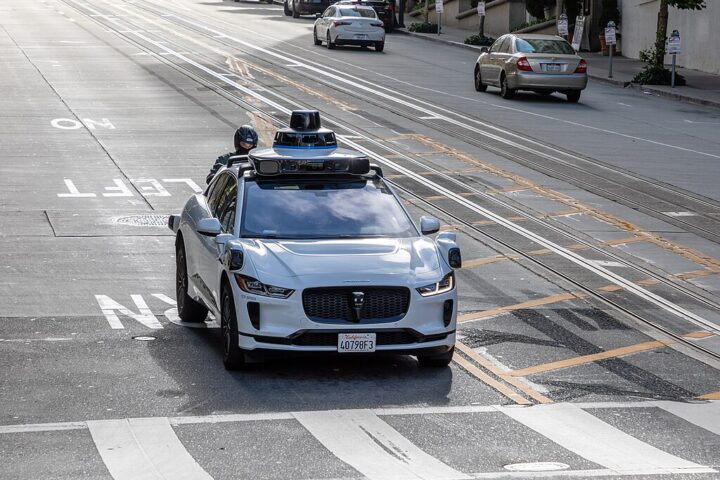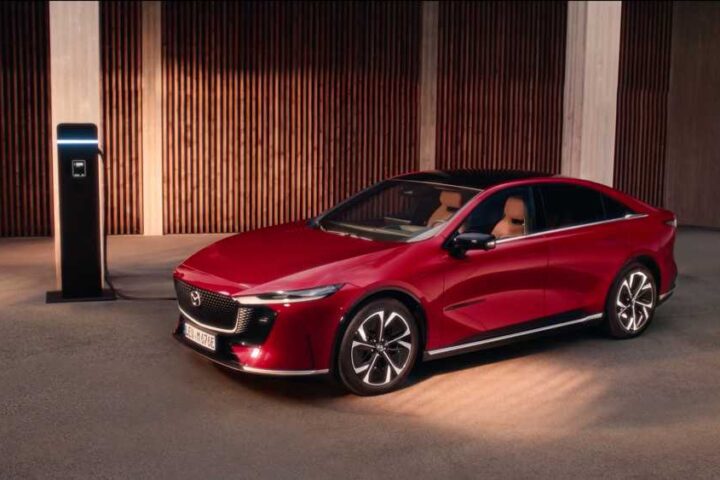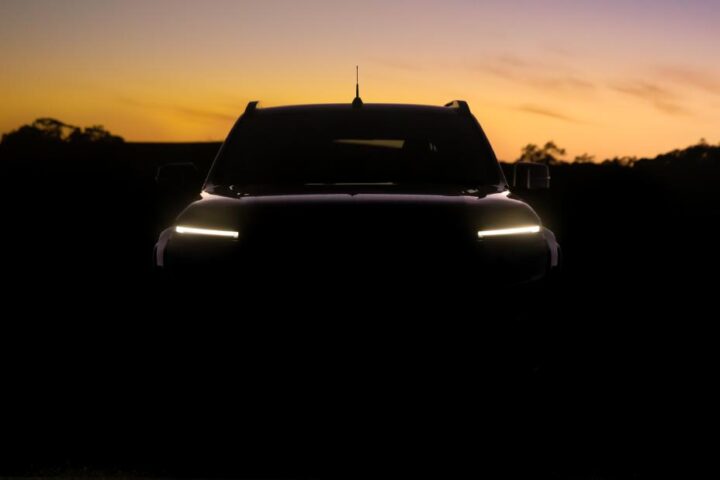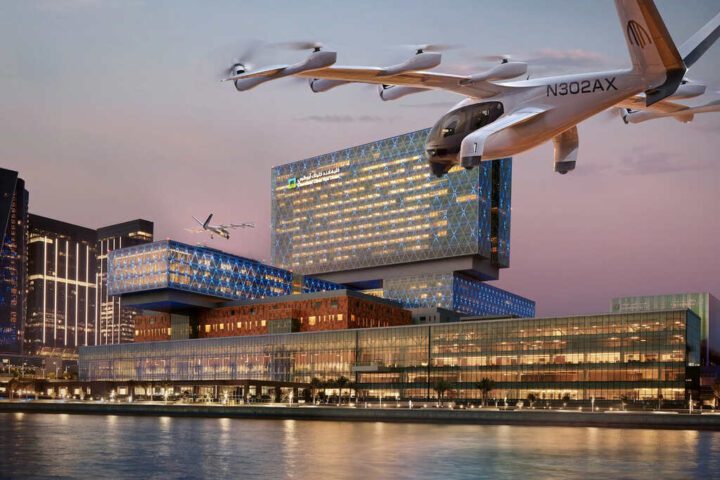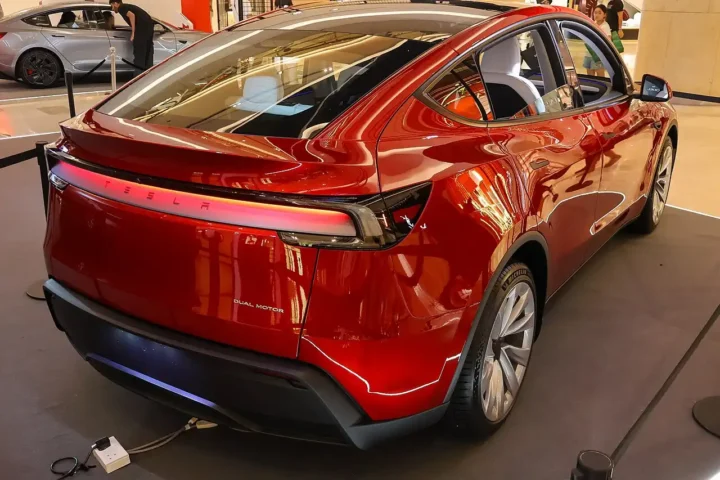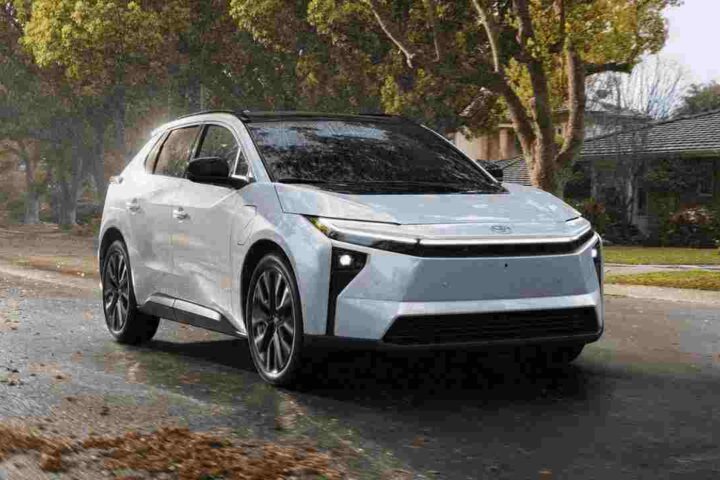Honda’s Autonomous Work Vehicle (AWV) is revving up to redefine airfield operations, and it’s not just about tech specs; it’s about the spirit of aviation meeting autonomous innovation. Picture this: an electric, off-road champ autonomously zipping around the airfield, not just doing the heavy lifting but also smart enough to dodge obstacles. That’s the AWV for you!
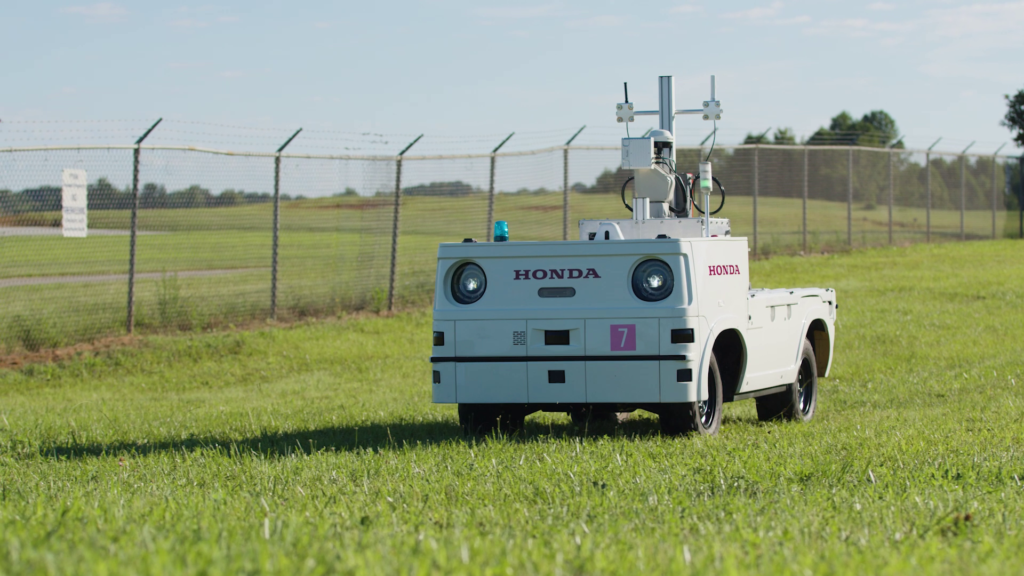
But let’s back up a bit. Autonomous tech in aviation isn’t a newbie. We’ve seen its inklings in projects aiming for sky taxis and delivery drones. Remember the buzz around aerial drones delivering packages right to your doorstep? That’s the kind of tech evolution we’re talking about. And it’s not just for cool stunts; it’s practical. As per Professor Ella Atkins from U-M’s Autonomous Aerospace Systems (A2SYS) Lab, autonomy in aviation can make air travel safer and more efficient. Imagine aircraft equipped with AI, making rational decisions during unexpected events. That’s some sci-fi turned reality!
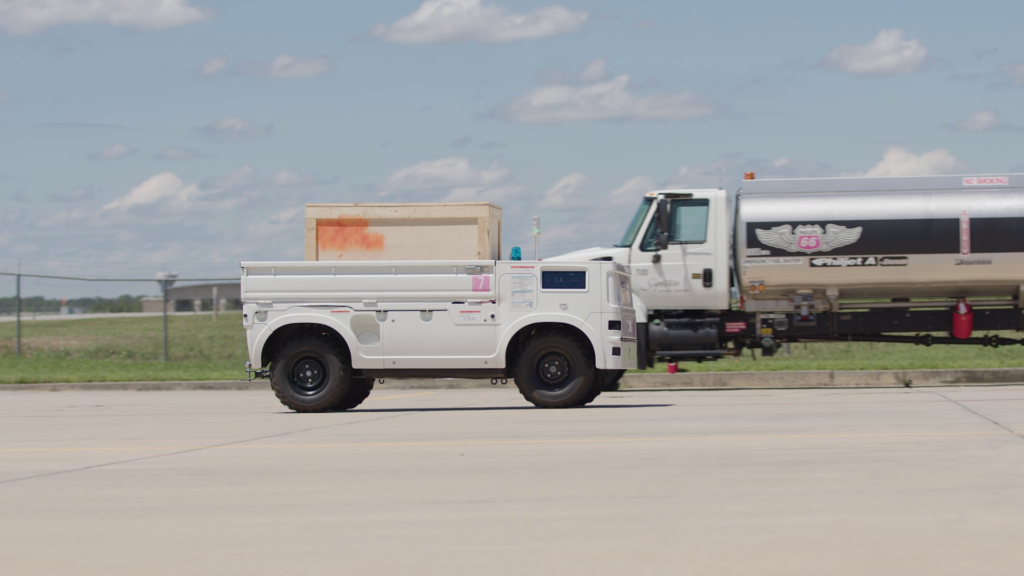
Now, back to Honda’s AWV. It’s not just a ‘follow-the-route’ bot. This buddy can haul equipment, attach sensors, and even tow stuff around. Think of it as your Swiss Army knife on the airfield. During its demo at Toronto Pearson Airport, it showcased a nifty trick: autonomous perimeter fence inspections. And it’s not just Honda going solo; they’ve got tech allies like Cisco Canada and Illuminex AI, making sure the AWV is more than just wheels and metal.
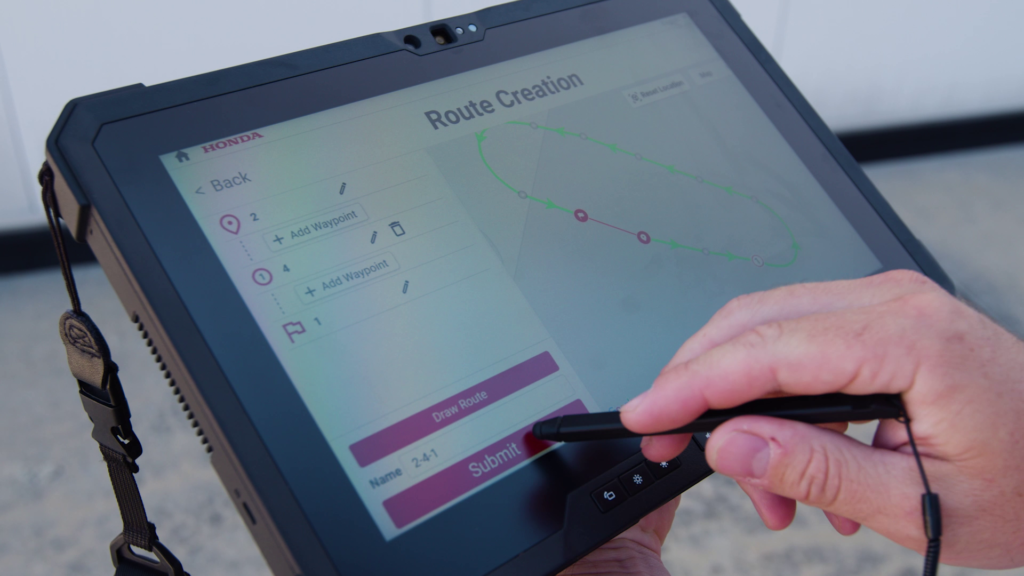
Smilar Posts
But here’s the real kicker: it’s not just about what AWV can do; it’s about the potential it unlocks. Airfield staff can focus on critical tasks, leaving the repetitive, heavy-duty stuff to AWV. Plus, it’s all green, aligning with global emission reduction goals.
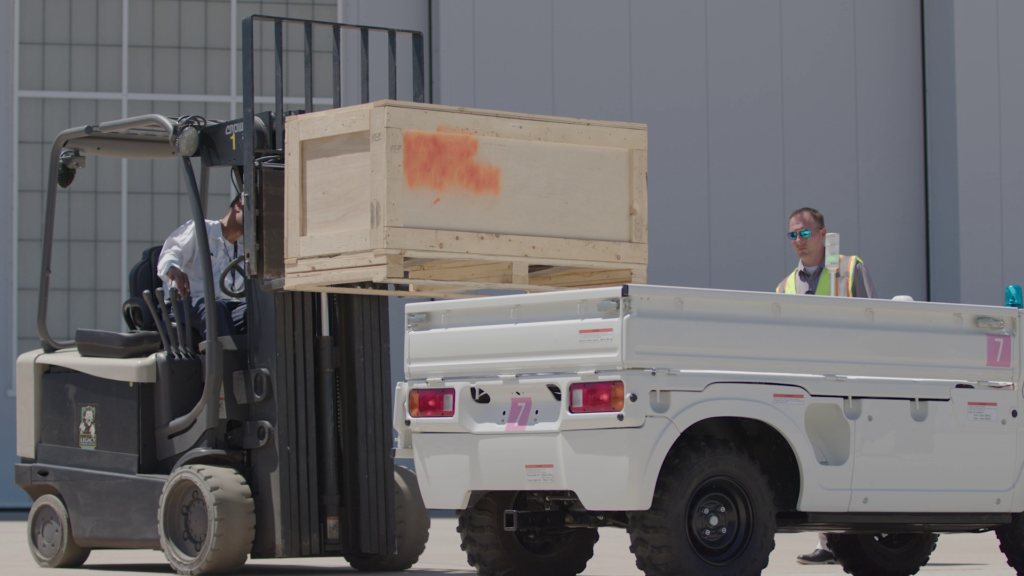
However, it’s not all roses. Integrating autonomous tech with human roles on the airfield raises valid questions. Safety protocols, error management, job displacement – those are debates waiting to happen. And while the AWV is equipped with top-notch sensors and obstacle detection tech, the human element in this autonomous story is still up for discussion.
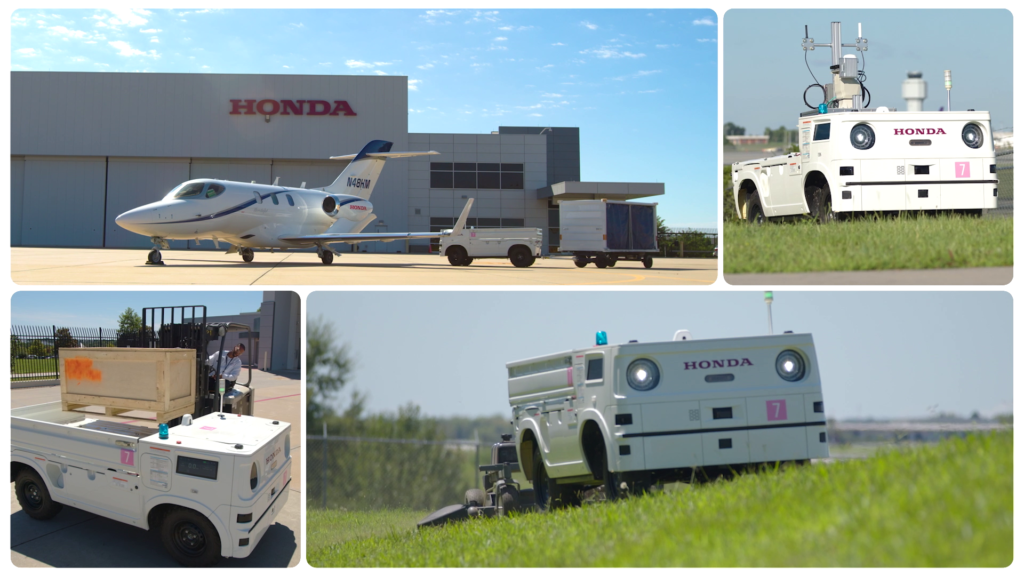
This isn’t just a Honda narrative, though. Companies like Reliable Robotics are also betting big on autonomous aircraft, aiming to make air travel safer and more efficient. They’re not just theorizing; they’ve got skin in the game, with projects like remote operation of Cessna Caravans.

So, what’s the big picture? Honda’s AWV is a glimpse into a future where efficiency, safety, and innovation co-pilot airfield operations. It’s not just a cool tech showcase; it’s a potential industry standard in the making. And as we gear up for this autonomous ride, balancing tech advancements with their real-world impacts will be our guiding compass.
